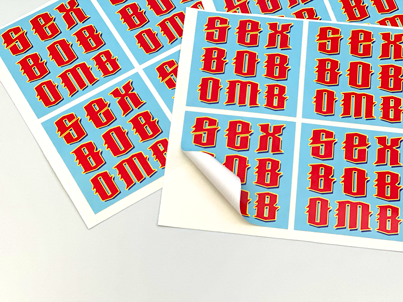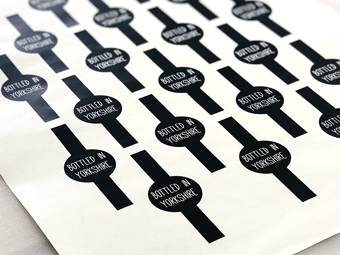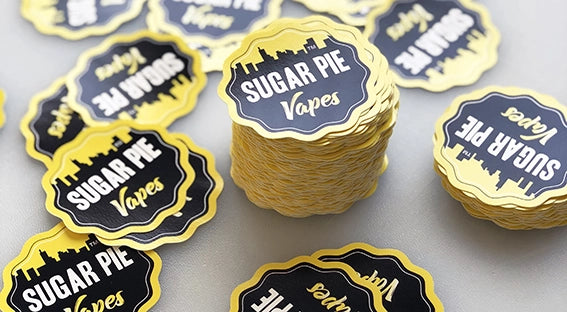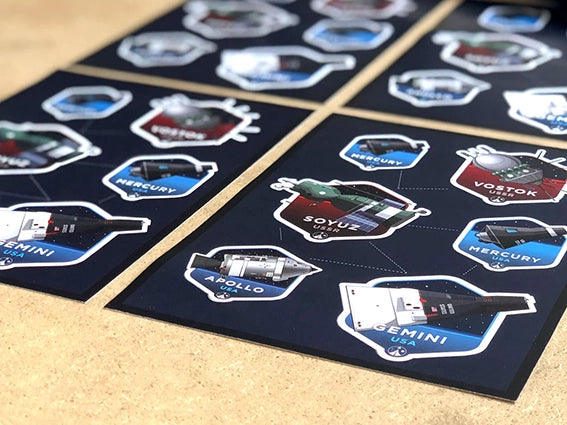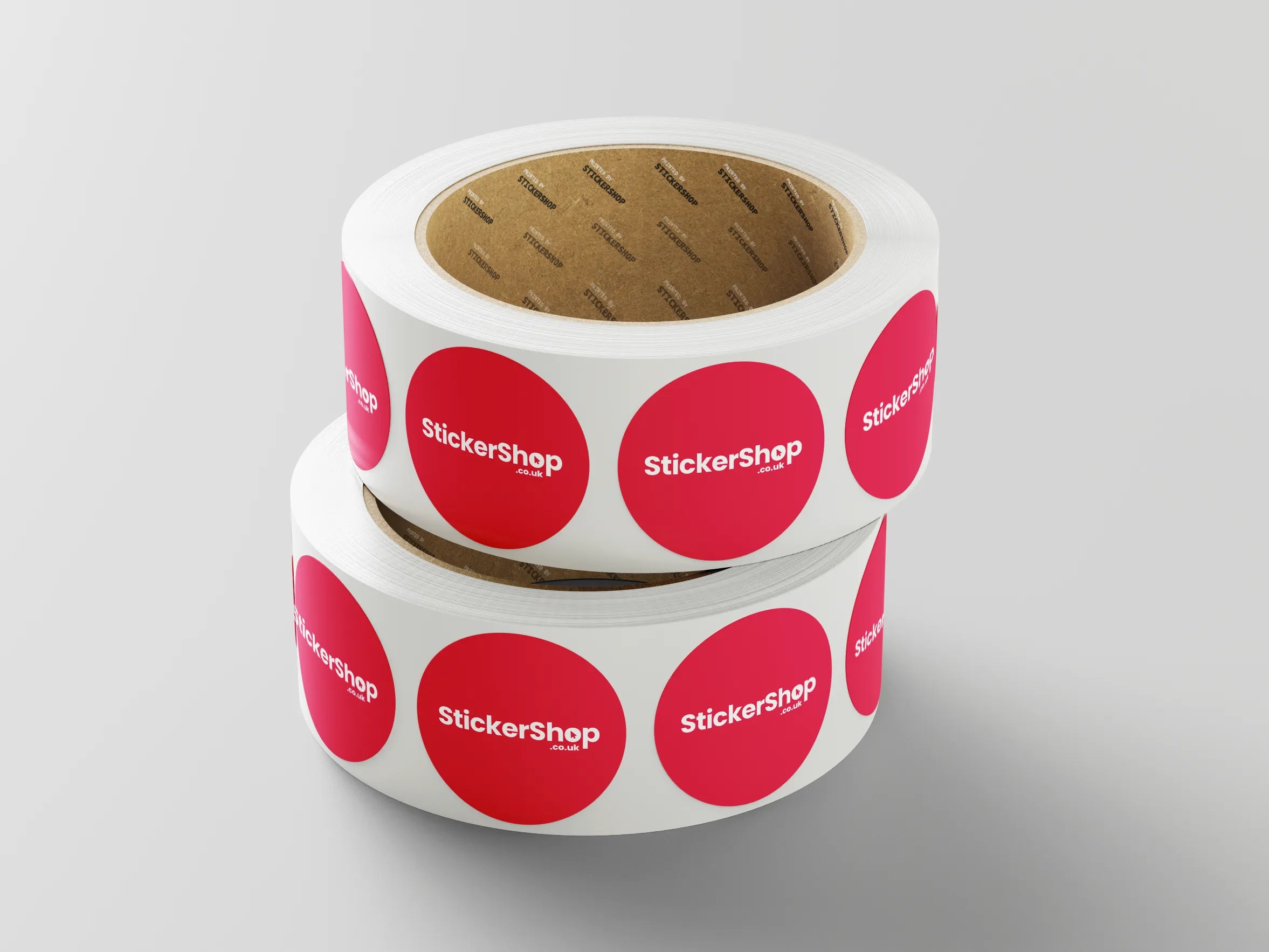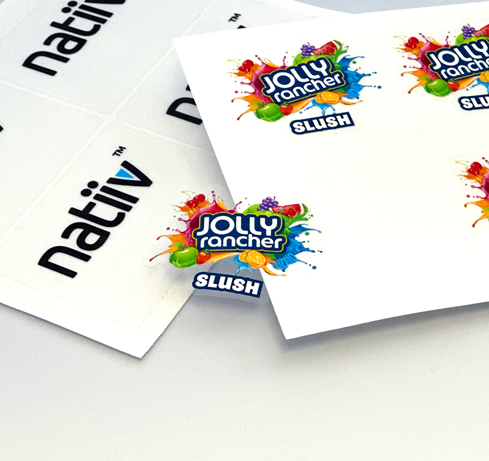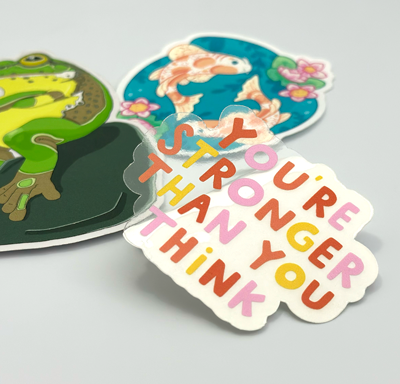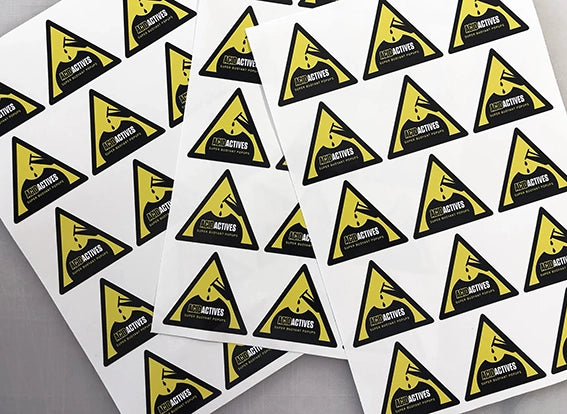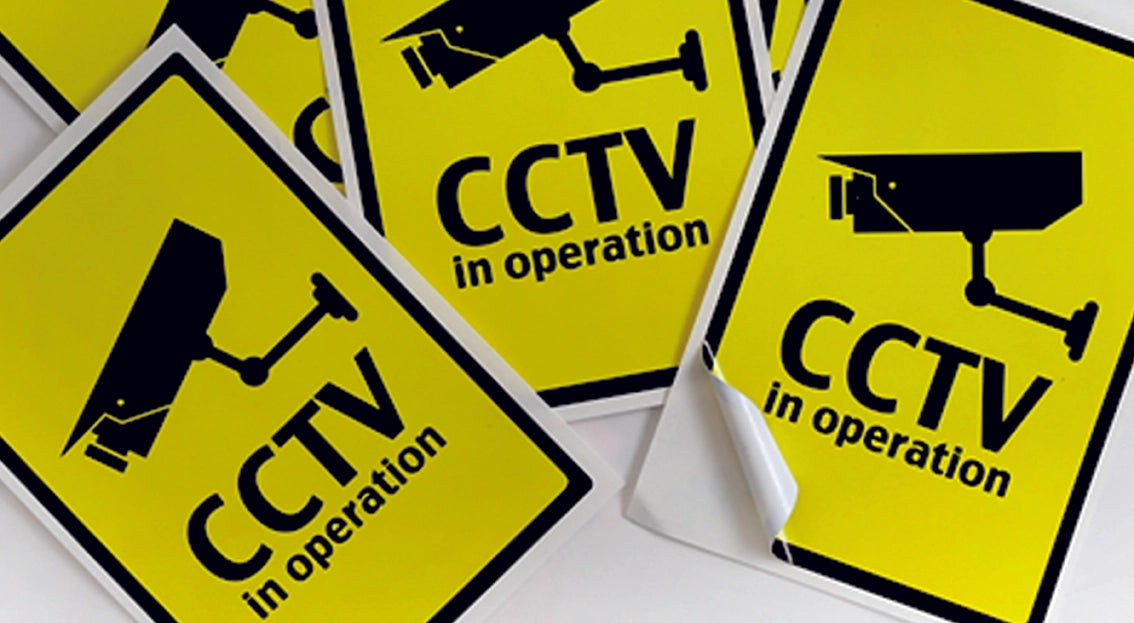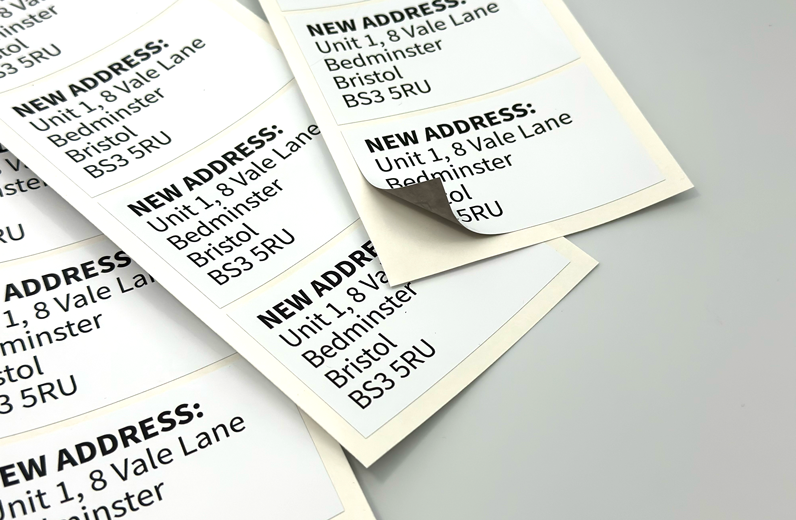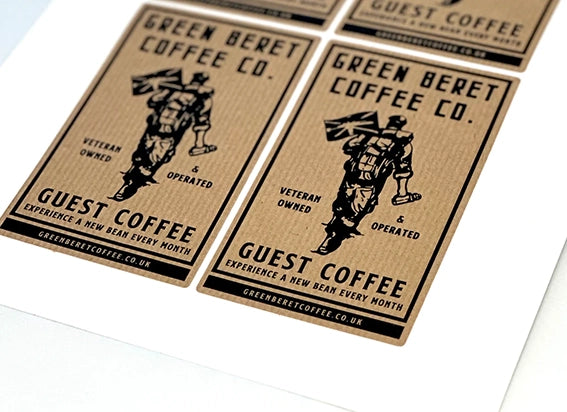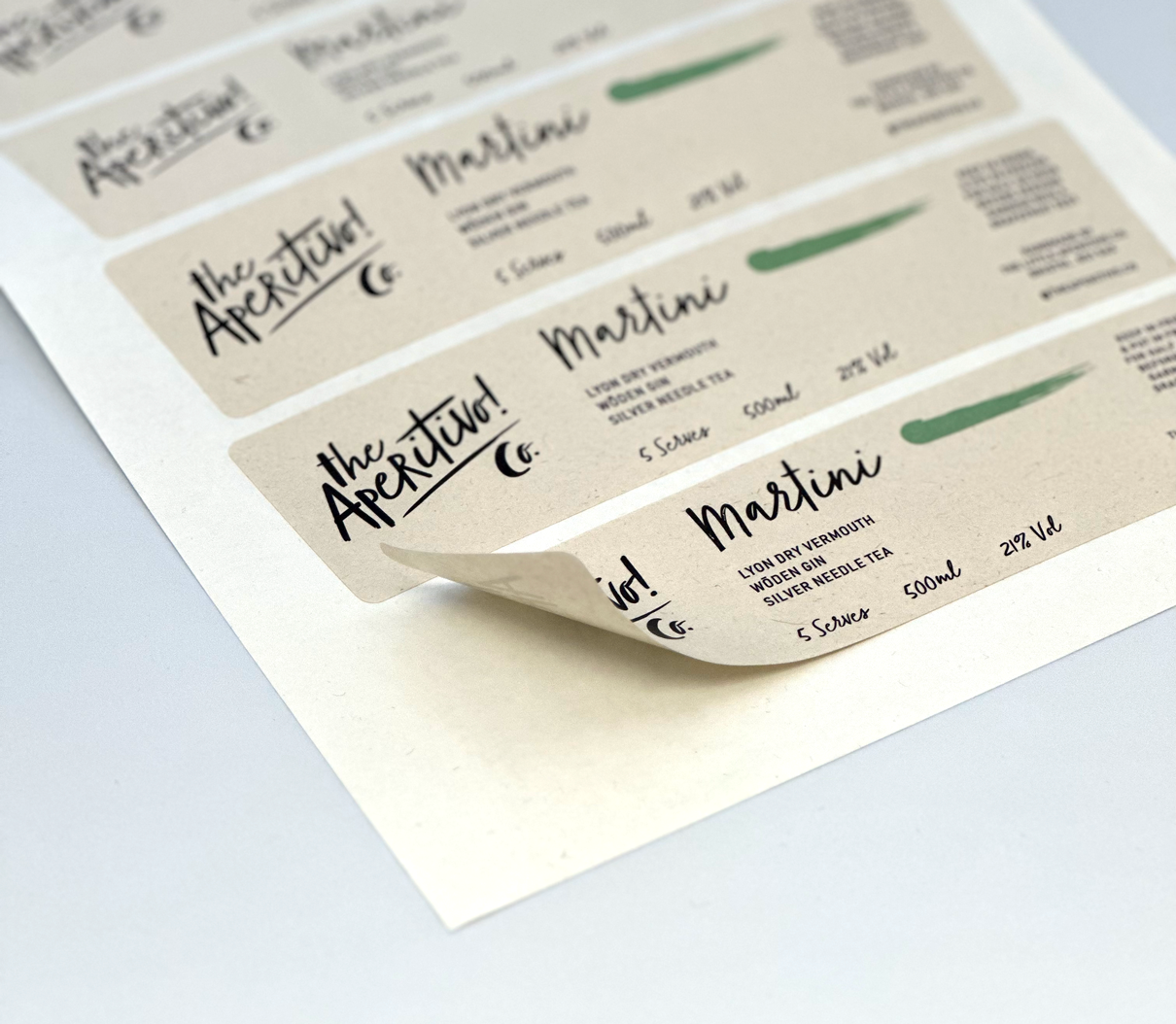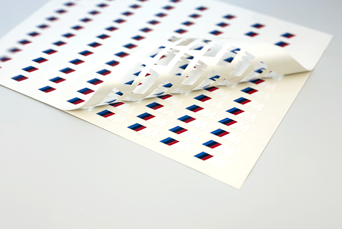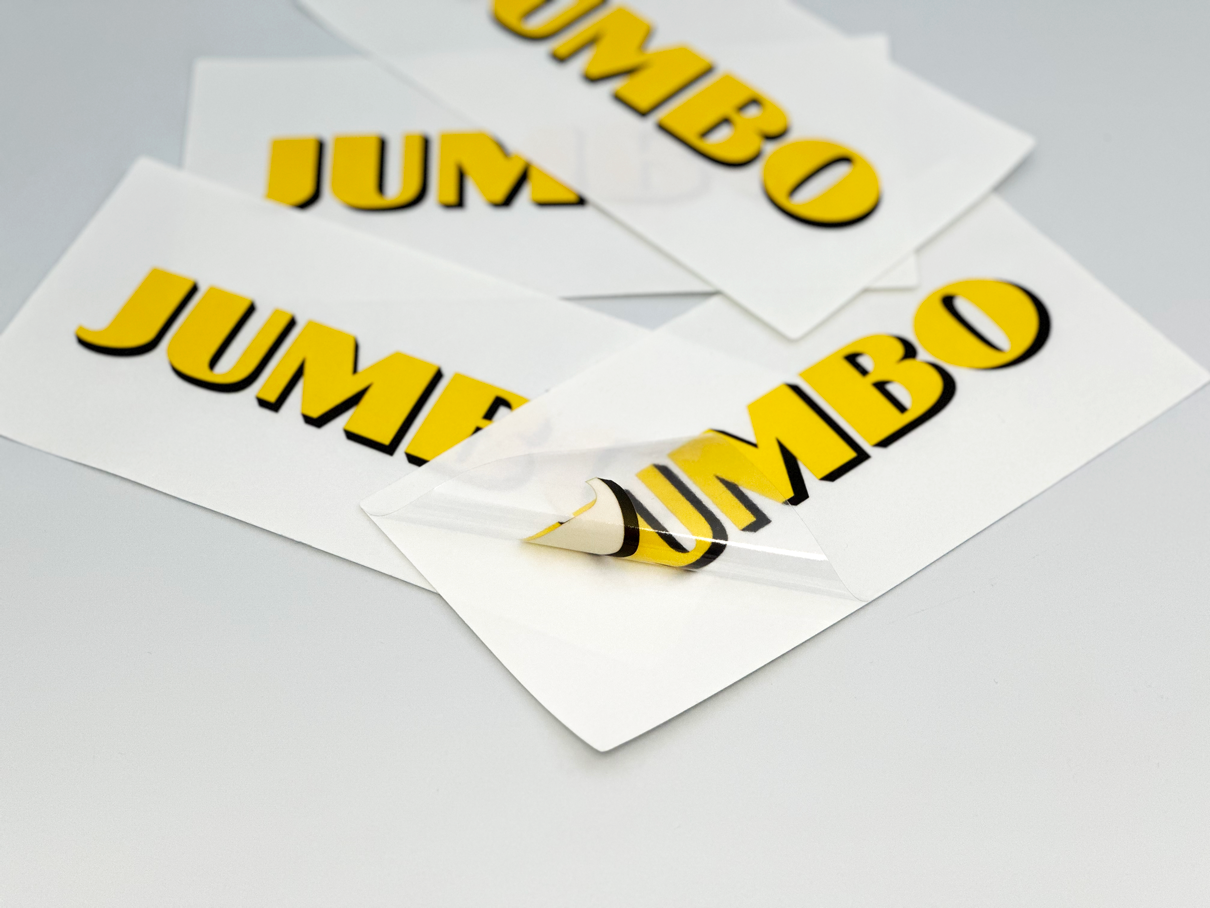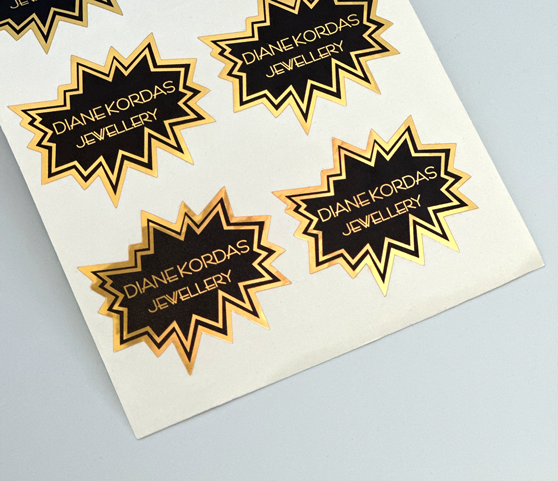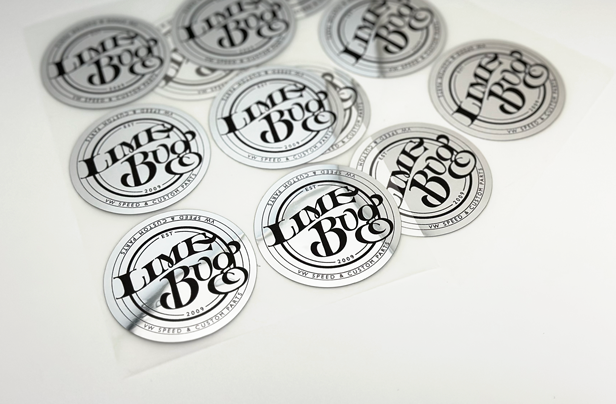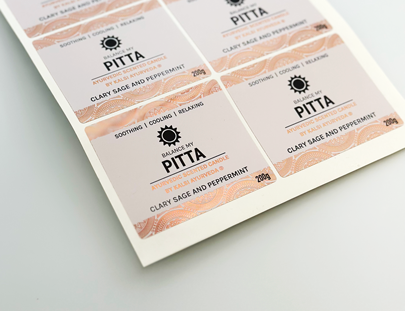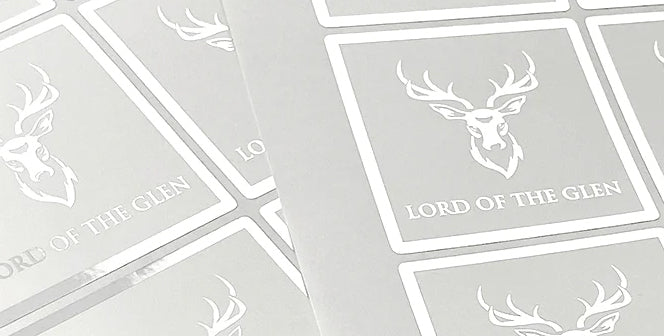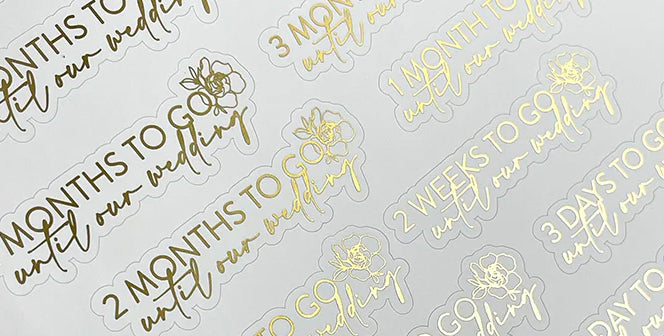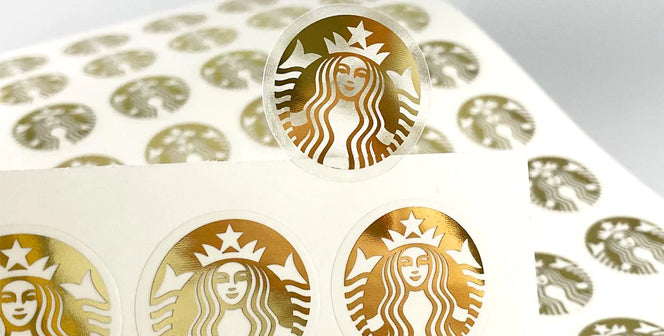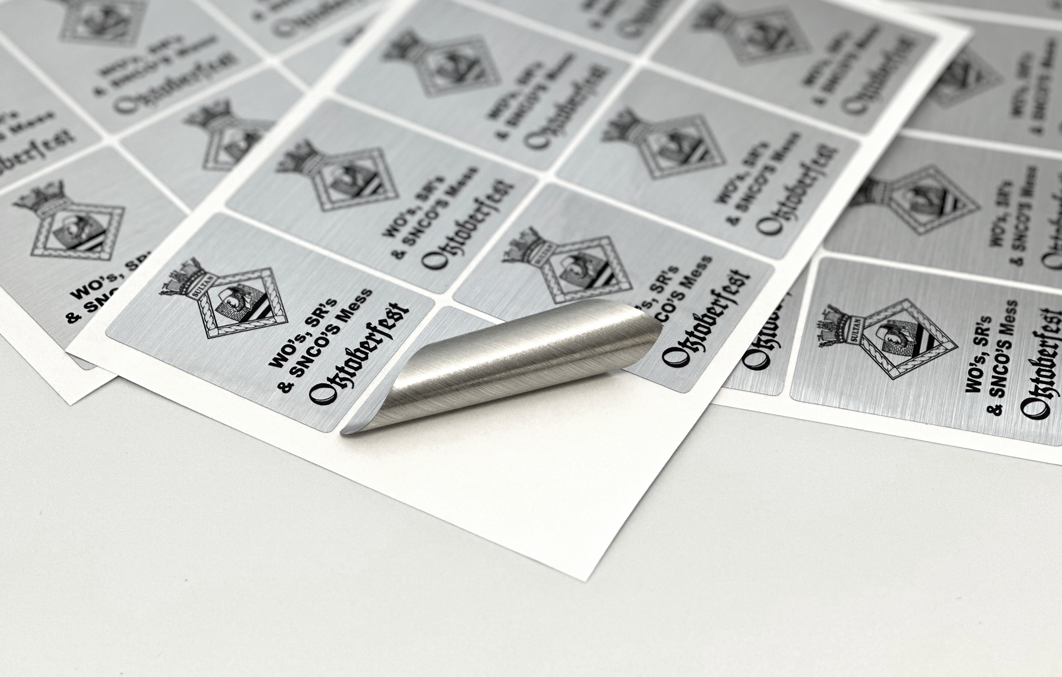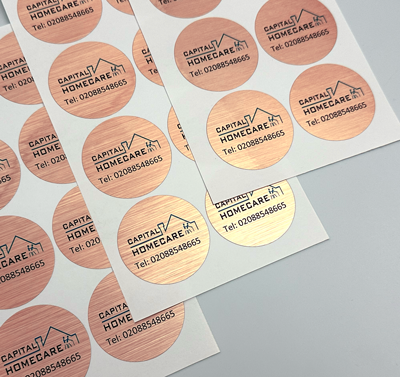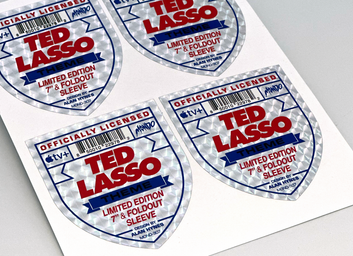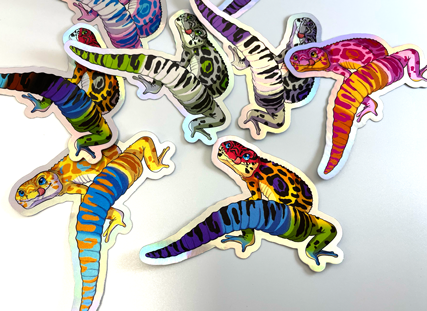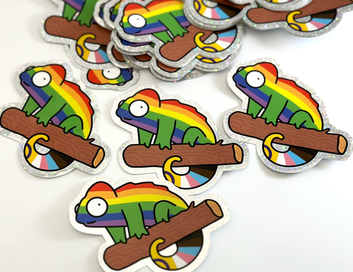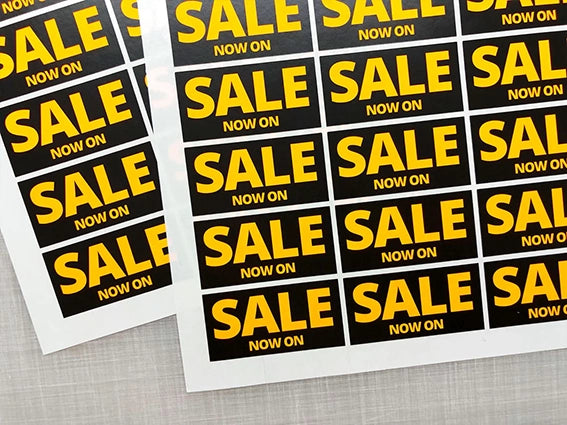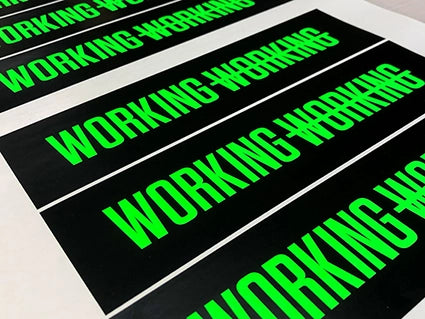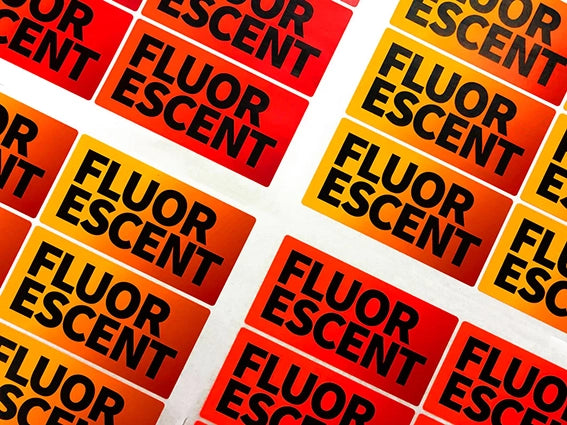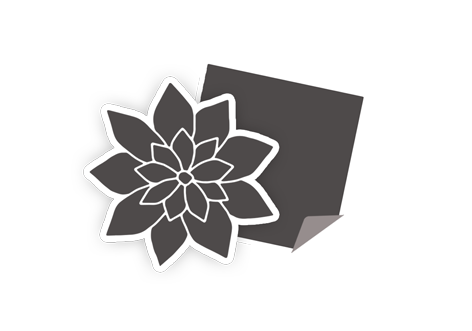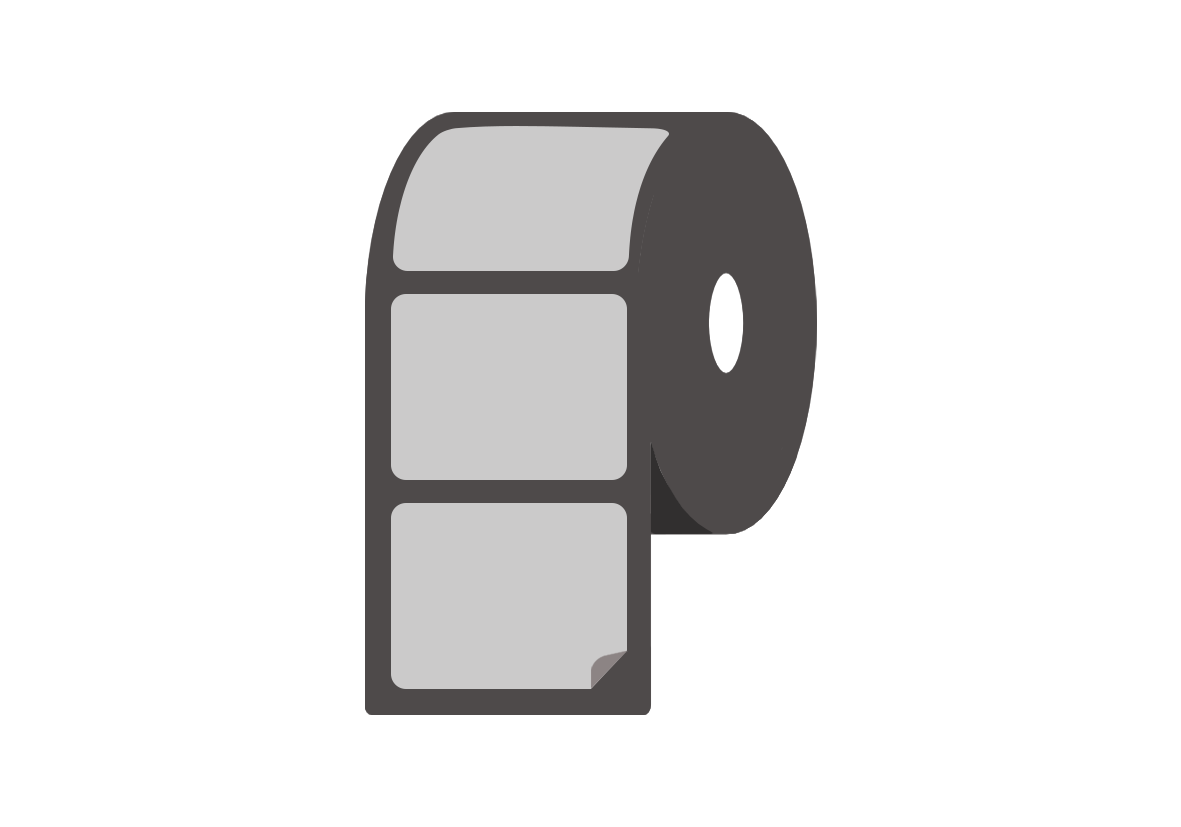Why Do Fruits Have Stickers? And are They Safe to Eat?
Ever wondered why your favourite fruit has a tiny sticker on it? Perhaps you’ve accidentally taken a bite of a fruit label and are curious to know if it’s actually safe to eat (let’s face it, we’ve all been there).
In this post, we’re going to peel back the mystery of fruit stickers, exploring why they exist, whether they’re safe to eat, and even how you can create your own fruit stickers for your local farm shop or food business.
Ready to stick around and learn more? Let’s dive in!

Fruit stickers explained: why we have labels on fruit
There are two main purposes for fruit stickers. One is identification, and the other is pricing.
Each fresh produce sticker has its own PLU (Price Look-Up) code, which helps retailers to quickly identify a fruit's variety, origin, and whether it's organic or conventionally grown.
Take standard UK bananas, for example. These have the code "4011", which identifies them as conventionally grown. Whereas organic bananas, which are grown without synthetic pesticides or fertilisers, tend to have a PLU code that starts with a “9”, like “94011”.
While not technically required by law, having these custom stickers helps to streamline the checkout process and provide transparency for customers. Shoppers can see exactly what type of fruit they’re buying and, if they want to, even trace its origins.
How long have food produce stickers been around?
Fresh fruit stickers were first introduced in 1929 by banana import company Fyffes.
At the time, they wanted a way to make their bananas stand out, so they decided to add a small blue oval-shaped label to them — sound familiar? Yep, they’re very similar to the ones we will see today!
Back then, the labels were used for fruits with inedible skin, like bananas, oranges, and mangoes. But as time went on, they started popping up on all kinds of produce.
By the 1990s, the International Federation for Produce Standards (IFPS) had introduced PLU codes for fruit stickers. This completely changed the game for the UK fruit market, making identification quick and easy for both customers and retailers. It’s no surprise they’ve stuck around ever since.
Are fruit stickers edible?
No. But they’re not exactly dangerous, either.
Fruit stickers are normally made from plastic or paper with adhesive and ink, and are generally deemed “not harmful to eat” by the FDA. So, while you wouldn’t want to make a habit of eating them regularly, they’re not going to make you sick.
Are fruit stickers recyclable?
For the most part, UK fruit stickers aren’t recyclable due to their adhesive backing and the materials used. But it’s very possible that change is on the horizon.
Regulatory shifts and consumer demand for eco-friendly packaging are always driving improvements in sticker materials, and while many companies tend to be focused on tackling larger packaging materials that have a bigger environmental impact, it’s quite likely that we’ll see more biodegradable sticker options in the future.
Do fruit stickers harm fruit?
Nope. Just as fruit stickers aren’t considered harmful to humans if accidentally ingested, they’re also not harmful to the fruit itself. Of course, it’s always a good idea to wash your produce before eating, but the trace amounts of adhesive or ink used in these stickers aren’t likely to have any negative effects.

Create standout custom produce stickers
Whether you’re running a local farm shop, selling fresh produce at markets, or simply want to add a professional touch to your fruit packaging, custom fruit stickers are a fun (and practical) way to stand out.
At StickerShop, we offer high-quality fresh produce labels that are waterproof, durable, and fully customisable. From showcasing your branding to highlighting organic or locally grown status, these stickers make your produce instantly recognisable — and a whole lot more memorable.
Ready to give your apples, peaches, or pears their own moment in the spotlight? Get in touch with us at StickerShop.



